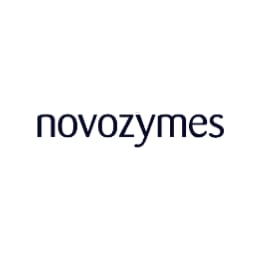Wireless data loggers built for GxP
Track compliance on any screen with wireless data loggers that automatically send data through Wi-Fi to the (included) monitoring platform in real-time.
No manual work or errors. Just one complete, compliant overview.
- Automated data transfer to the monitoring platform
- Instant deviation alerts on e-mail/SMS
- Complete audit reporting in just 3 clicks
Get instant access to all the options, technical specifications, and more.

Trusted by +500 pharma and healthcare logistics companies including:
Temperature compliance shouldn’t be (this) hard
Manual work, disjointed processes, and time-consuming audit reporting.
Manual work
Manual logging wastes time and creates risk of manual errors.
Deviation risks
Due to delayed alerts and unnoticed – or not properly documented – deviations.
Time-eating audits
Audits take days to prepare, with documents scattered across systems and teams.
No real-time view
Manual processes make it hard to track conditions as they happen.
Wireless data loggers and automated monitoring
Stop spending time on monitoring tasks that should run themselves.
Automated data logging
Wireless data loggers capture and store data continuously. No manual input needed, no risk of human error.
Instant SMS/e-mail alerts
Receive real-time alerts with full context the moment a deviation occurs, and every incident is logged automatically.
Digital audit reports
All data, certificates, and deviation logs are stored in one place. Create audit reports in 3 clicks – no prep needed.
Live monitoring
Track every unit, site, or storage space in real time from any screen, so you always know what’s happening.

Download your free product catalog
Get more information and see all the technical specifications for the data loggers and monitoring solution.
Included monitoring app
= one platform, all your data.
Track compliance on any screen – from your desktop to your phone. The monitoring platform gives you a full overview across units and facilities.
Psst… it has mapping functionality too.

Instant deviation alerts
Make sure nothing critical goes unnoticed. Handle deviations fast and compliantly with instant alarms and the automated deviation management tool.
- Reduce alarms: Separete grey zones from critical alerts.
- Act faster: Get instant alarms on SMS and email.
- Log easier: Alarms are automatically logged to easily create NCRs.
- Stay in control: Personalize who gets what alerts and when.
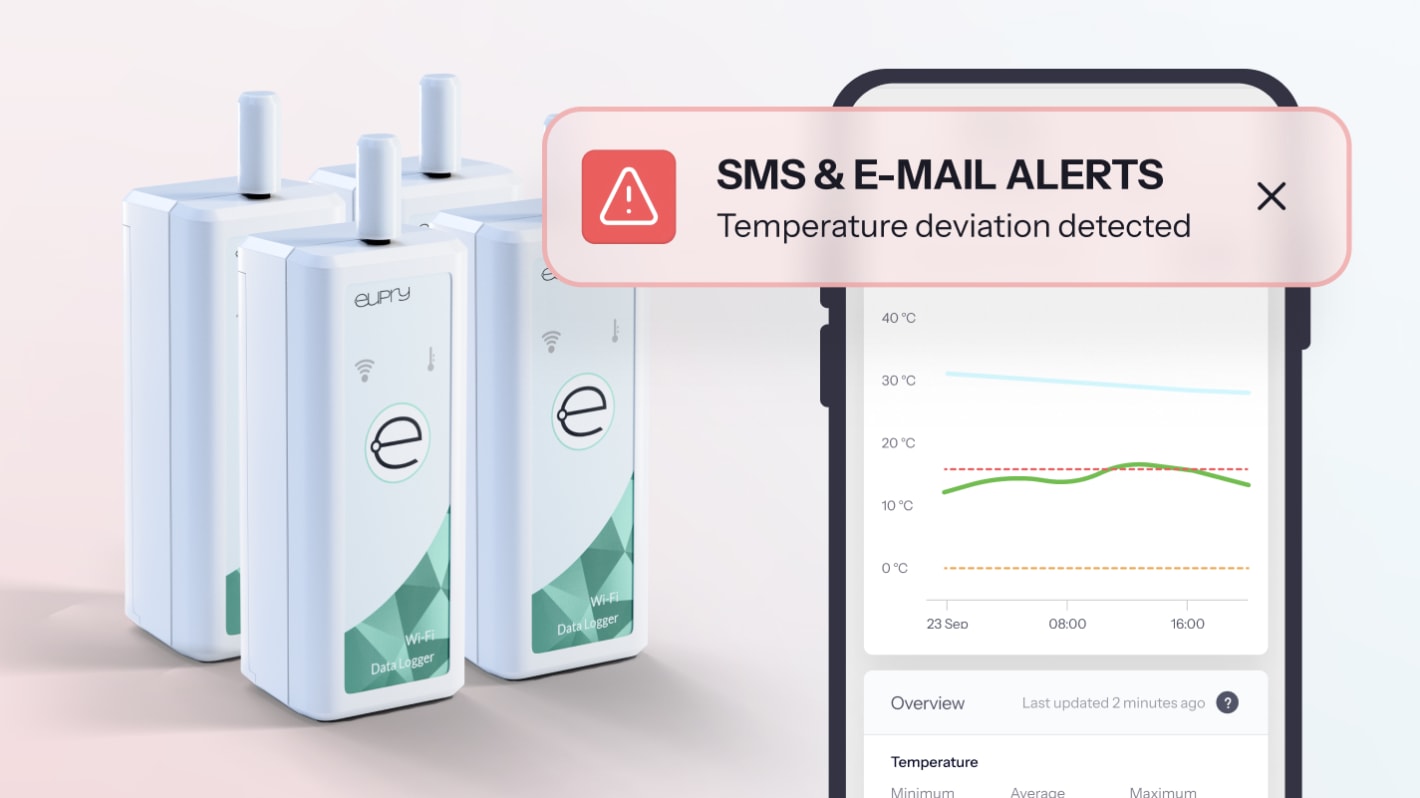
Digital audits reports in 3 clicks
Export full audit reports with everything you need to secure and demonstrate compliance: monitoring data, deviation logs, calibration certificates, and more – all the historical data your auditors expect, just a few clicks away.
No spreadsheets. No paperwork. No digging for data.
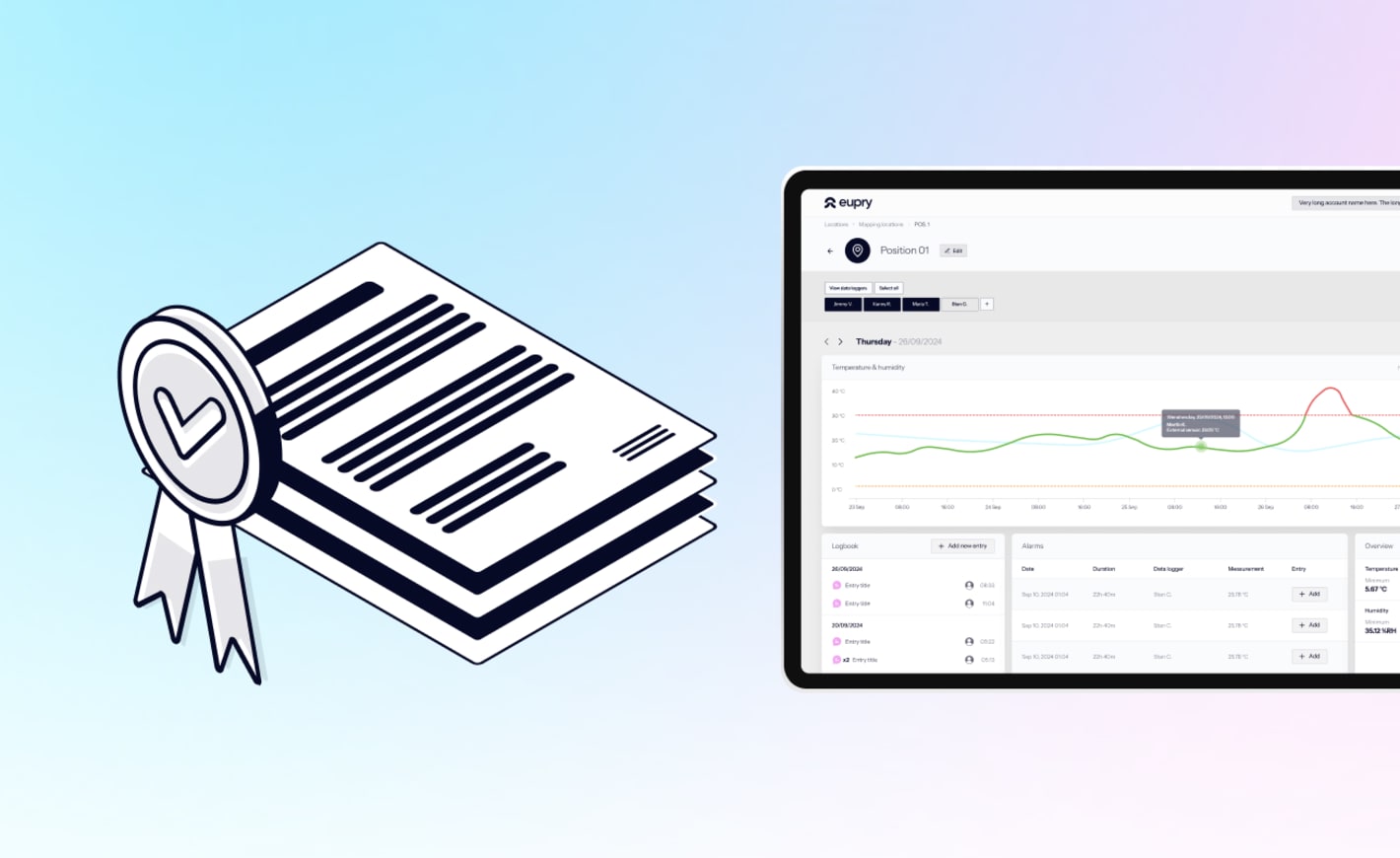
Included calibration without swapping data loggers
Our patented technology removes the cumbersomeness of calibration. By turning the sensors into easily-changeable calibration “antennas”, the Aliio technology lets you calibrate all loggers at once without switching devices.
When it is time, we simply send you newly calibrated sensors to replace the old ones. It is like replacing a battery; you keep the device and switch out the antenna.


Technical specifications of the data loggers

Client Testimonials
The sensors
We removed the cumbersomeness of calibrations with our patented Aliio technology. The sensors work as easily-changeable calibration “antennas” that allow you to calibrate without switching devices – making it the most cost-effective calibration solution on the market.
The solution offers sensors for all temperature and humidity monitoring requirements.
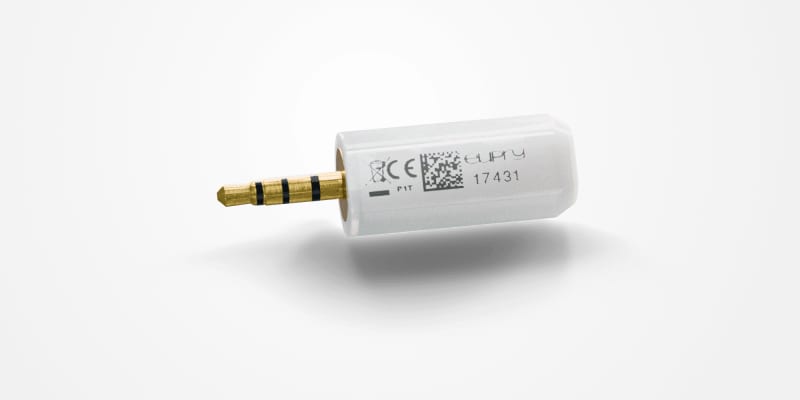
P1T - External Temperature Sensor
- Operating range: -50°C to +50°C (-58°F to 122°F)
- Temperature resolution: 0.01°C (0.018°F)
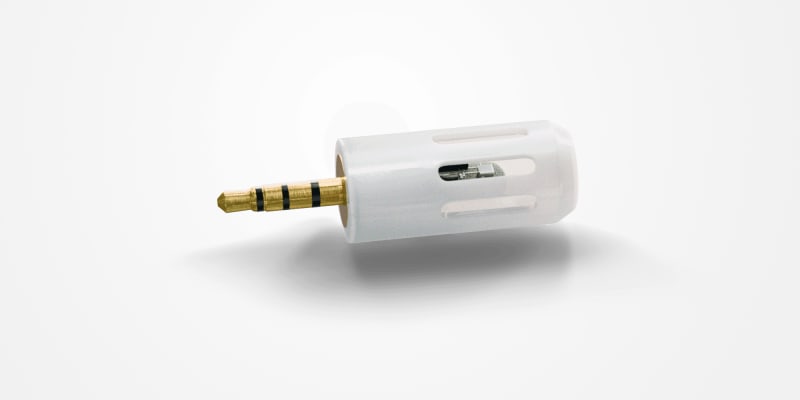
P1TH - External Temperature & Humidity Sensor
- Operating range: 2°C to 50°C (35.6 °F to 122 °F)
- Resolution: 0.01°C (0.018°F) 0.01 %RH
- Humidity range: 20-80% RH (Non-condensing)
- Extended humidity range: 0-99% RH (Non-condensing)

P1CTH - External CO2, Temperature & Humidity Sensor
- Operating range: 2°C to 50°C (35.6 °F to 122 °F)
- Resolution: 0.01°C (0.018°F) 0.01 %RH
- Humidity range: 20-80% RH (Non-condensing)
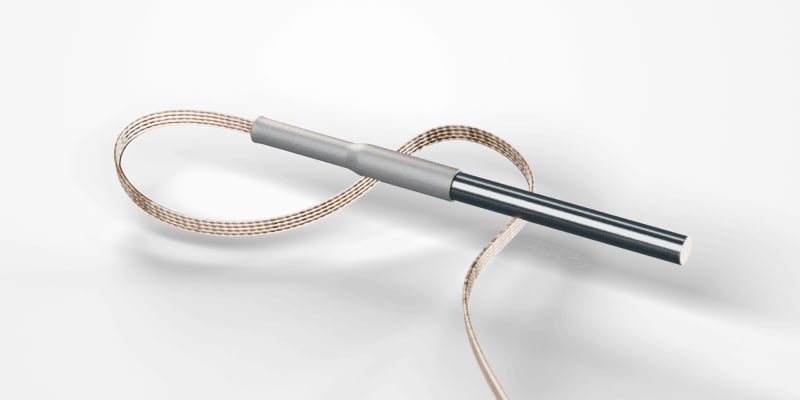
P2T - External Temperature Probe
- Operating range: -90 °C to +50 °C (-130 °F to 122 °F).
- Resolution: 0.03 °C (0.054 °F)
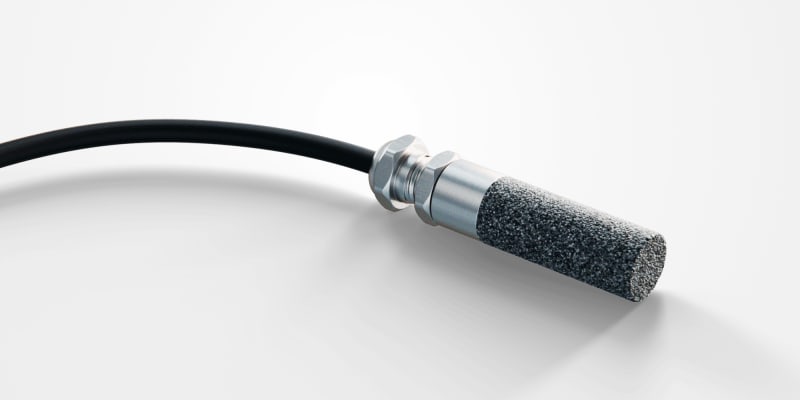
P2TH - External Temperature & Humidity Probe
- Operatin range: 2°C to 100°C (35.6 °F to 212 °F)
- Resolution: 0.01°C (0.018°F) 0.01 %RH
- Humidity range: 20-80% RH (Non-condensing)
- Extended humidity range: 0-99% RH (Non-condensing)
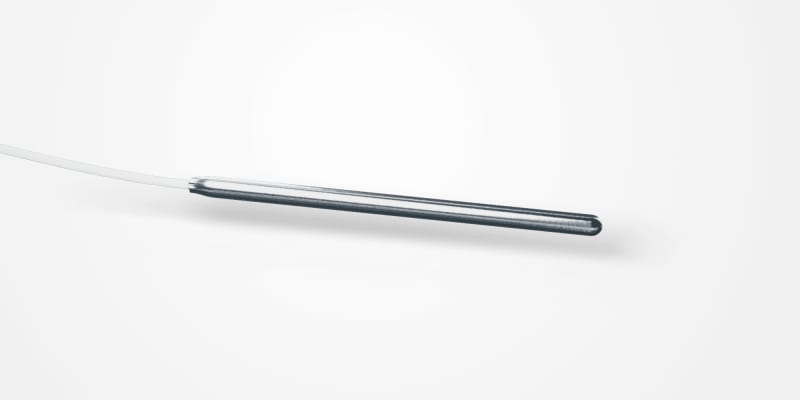
P2T1 - External Temperature Teflon Probe
- Operating range: -200 °C to +200 °C (-320.8 °F to 392 °F).
- Resolution: 0.03 °C (0.054 °F)

P3T - External High Precision Temperature Probe
- Operating range: -55°C to +150°C (-67 °F to 302 °F).
- Resolution: 0.01 °C (0.018 °F)

P2T2 - External Temperature Thermocouple Probe
- Operating range: -40 °C to 1100 °C.
- Resolution: 0.25 °C

P5T - Externam Temperature Silicone Probe (5m)
- Operating range: -90 °C to +150 °C (-320.8 °F to 302 °F).
- Resolution: 0.03 °C (0.054 °F)

P5T1 - External Temperature Teflon Probe (5m)
- Operating range: -200 °C to +200 °C (-320.8 °F to 392 °F).
- Resolution: 0.03 °C (0.054 °F)
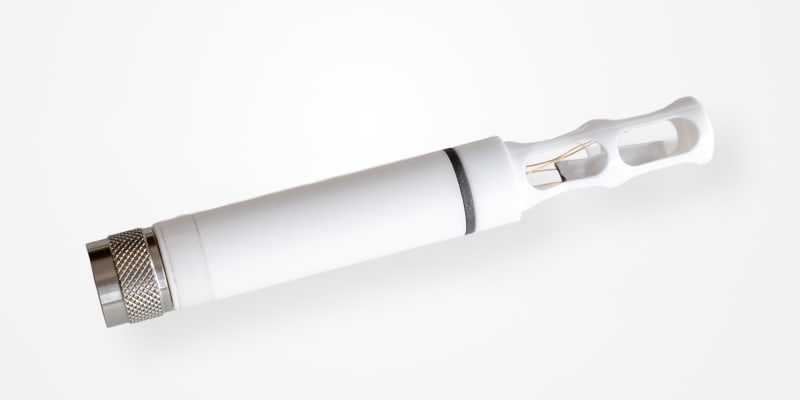
HC2A - High Precision Humidity Probe
- Accuracy @23 °C: ±0.5 %rh
- Application range: -50 to 100 °C
- Sensor element: HYGRIMER HT-1
- Long-term stability: <1 %rh per year with clean air
The compliance components
All your compliance boxes? Consider them ticked. Plus, we keep you ahead as requirements develop.
Get a price estimate in 10 minutes
Our subscription model will give you full financial predictability of your temperature monitoring practice and offer significant cost savings. Have a talk with our quality specialists to learn more or download a catalog to get the full overview.
FAQ about data loggers
FAQ about wireless data loggers
We have gathered some of the most frequently asked questions about wireless data loggers for temperature and humidity monitoring.






